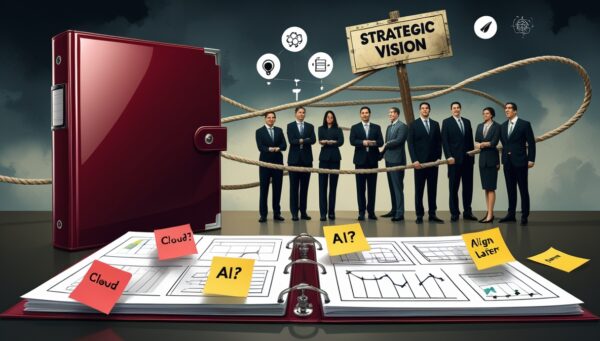
What’s Wrong with IT Strategy?
Why does IT Strategy work sometimes and not others?
Explore this case study to learn about the transformative effects of application streaming technology on business operations, showcasing substantial cost savings and enhanced productivity.
This case study provides a comprehensive analysis of the economic benefits that come with the deployment of virtual display technology, including ROI and cost savings.
This presentation deals with business IT alignment from a capabilities perspective – actually actively promotes the use of capabilities based model and iterative development and implementation.
This is a primer on the Balanced Scorecard Framework.
This presentation covers the basics of balanced scorecard technique and provides pointers on using it to create IT Strategy – touching the critical topic of IT Governance along the way.

Last week, we discussed the cost dimension of IT Value. This week, we will discuss the time to market dimension.

Last week, we discussed the time to market dimension of IT Value. This week, we will discuss the quality dimension.

Last week, we focused on quality and its impact on IT Value. This week, we will take a look at productivity and its impact on IT Value

Last week, we focused on productivity and its impact on IT Value. This week, we will take a look at customer satisfaction and its impact on IT Value